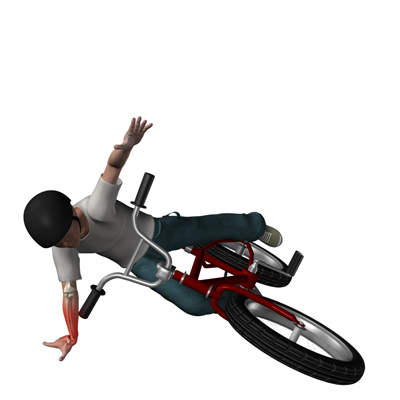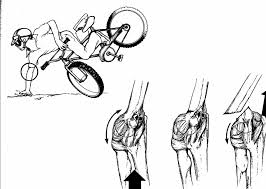
It may happen while snowboarding or skateboarding. It can also just randomly occur while walking through a parking lot or in your own home. All of a sudden, you find yourself on the ground. It happens so unexpectedly. This is a FOOSH, an acronym which stands for “fall on outstretched hand”. This type of upper limb injury occurs when you try and break a fall with your outstretched hand.
This can lead to an injury anywhere from your wrist, forearm, elbow and shoulder. It can be a fracture in your forearm, or your wrist bone may be displaced. You can have an elbow dislocation or dislocate your shoulder, where your humerus, the upper end of the arm bone, moves out of it’s socket. It can also lead to other shoulder problems, including a torn rotator cuff, which is separation between your collarbone (clavicle) and your shoulder blade (scapula).
 The most common symptom is pain in the injured body part. Other symptoms include swelling, bruising, tenderness, difficulty moving your body part, weakness and obvious deformity. Your bone may appear out of its joint, which is a dislocation.
The most common symptom is pain in the injured body part. Other symptoms include swelling, bruising, tenderness, difficulty moving your body part, weakness and obvious deformity. Your bone may appear out of its joint, which is a dislocation.
It is imperative to seek immediate attention if it is severely painful. An orthopedic specialist will diagnose and treat your injury appropriately. You will commonly be referred to Physical and/or Occupational Therapy for rehabilitation of your upper limb.
They are many safety tips that are helpful , but here are a few to consider:
- Keep floor surfaces smooth but not slippery. Make sure carpets have skid proof backing or tacked to the floor.
- Stop at curbs and check their height before stepping up or down. Be cautious at curbs that have been cut away to allow access for bikes or wheelchairs. The incline up or down may lead to a fall.
- Wear supportive shoes, even at home. Avoid walking around in socks, or floppy slippers.
- Be sure that all stairwells are well lit and stairs have handrails on both sides.
- Keep rooms free of clutter, especially on floors.
- For sports, learn the correct technique, wear designated protective gear, and dress in flexible clothing. Learn how to fall safely.
- Be aware. Be proactive.

